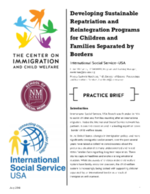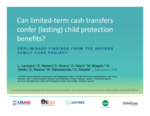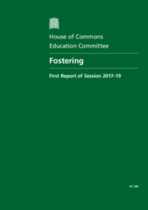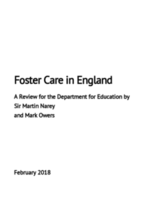The Impact of Kinship Networks on Foster Care Children's Outcomes
The objective of this study was to identify different kin and fictive kin network support profiles available to children in foster care and examine whether these profiles predict behavioral outcomes.










